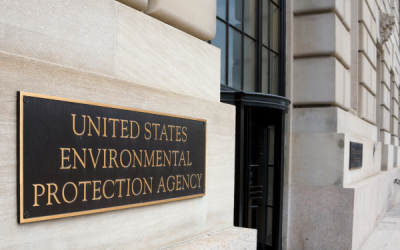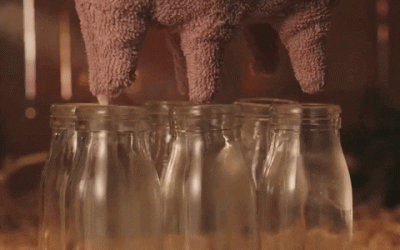Wyoming, we have a problem.
Anthrax: A bacterial disease caused by Bacillus anthracis, which is a naturally occurring organism found throughout the world. The bacteria, which is spore-forming, can survive in the soil for DECADES. Meaning, outbreaks can occur sporadically at any time, typically after drought, then heavy rain.
Where? Carbon County, Wyoming. Between 50 and 60 head of cattle have died so far, and anthrax has been confirmed in multiple herds (plus one moose). Wyoming has not had any confirmed anthrax cases in its cattle herds since the 1970s. The diagnosis was confirmed by the Wyoming State Veterinary Laboratory on August 31.
How? Once the bacterial spores are released, wild and domestic animals may become infected by breathing in or eating the spores from contaminated water, plants, or soil. Clinical signs of anthrax in livestock include difficulty breathing, weakness, fever, bloody feces, or sudden death. There is a vaccine available for both livestock and humans, to help prevent infection from the bacteria.
Soundbite: “The Wyoming Livestock Board will continue working with producers and private veterinarians to reduce further spread and limit human exposure through recommendations for carcass disposal and vaccination. Anthrax vaccine is approved for multiple livestock species and highly effective.” — Dr. Hallie Hasel, Wyoming State Veterinarian
Short Corn Packs a Punch
Dynamite comes in small packages—which can be true with new seed technology. What’s...
Congress to EPA: What’s Your BEEF with Meat Packers?
The Environmental Protection Agency (EPA) is considering new regulations that take aim at meat and poultry processors.
And some members of Congress have a BEEF with the EPA’s proposals.
The proposed rules: In late January, the EPA released the details of its proposed “Clean Water Effluent Limitations Guidelines and Standards for the Meat and Poultry Products Point source category.”
Huh?
Basically, the EPA formally published its proposals to combat wastewater contaminants that come from slaughterhouses.
Okay… that makes more sense.
At the heart of the rules proposal is a concern from environmental groups about nitrogen and phosphorus pollutants that originate from slaughterhouses. In some cases, the wastewater goes directly into waterways. In other cases, the water goes to municipal wastewater treatment facilities.
But not everyone is on board with the EPA’s suggestions…
Congress responds: Last week, two U.S. representatives—Eric Burlison (MO) and Ron Estes (KS)—pushed back against the EPA and introduced the “Banning EPA’s Encroachment of Facilities (BEEF) Act.” If passed and signed by President Biden, the law would prohibit the EPA from finalizing, implementing, or enforcing the rule.
According to the lawmakers, the proposed rules place undue burden on small processors—costs that can be absorbed by larger companies.
Soundbite: “The… proposed regulation isn’t just an attack on family-run small businesses, it’s an attack on rural communities,” said Burlison. “These meat and poultry processors are the lifeblood of our communities. The BEEF Act… lets these hardworking Americans do what they do best, produce safe, affordable food for our families.”
University of Illinois Makes Big Mooves in Milk Production
Pump it up: Scientists led by Matt Wheeler at the University of Illinois Urbana-Champaign are...




